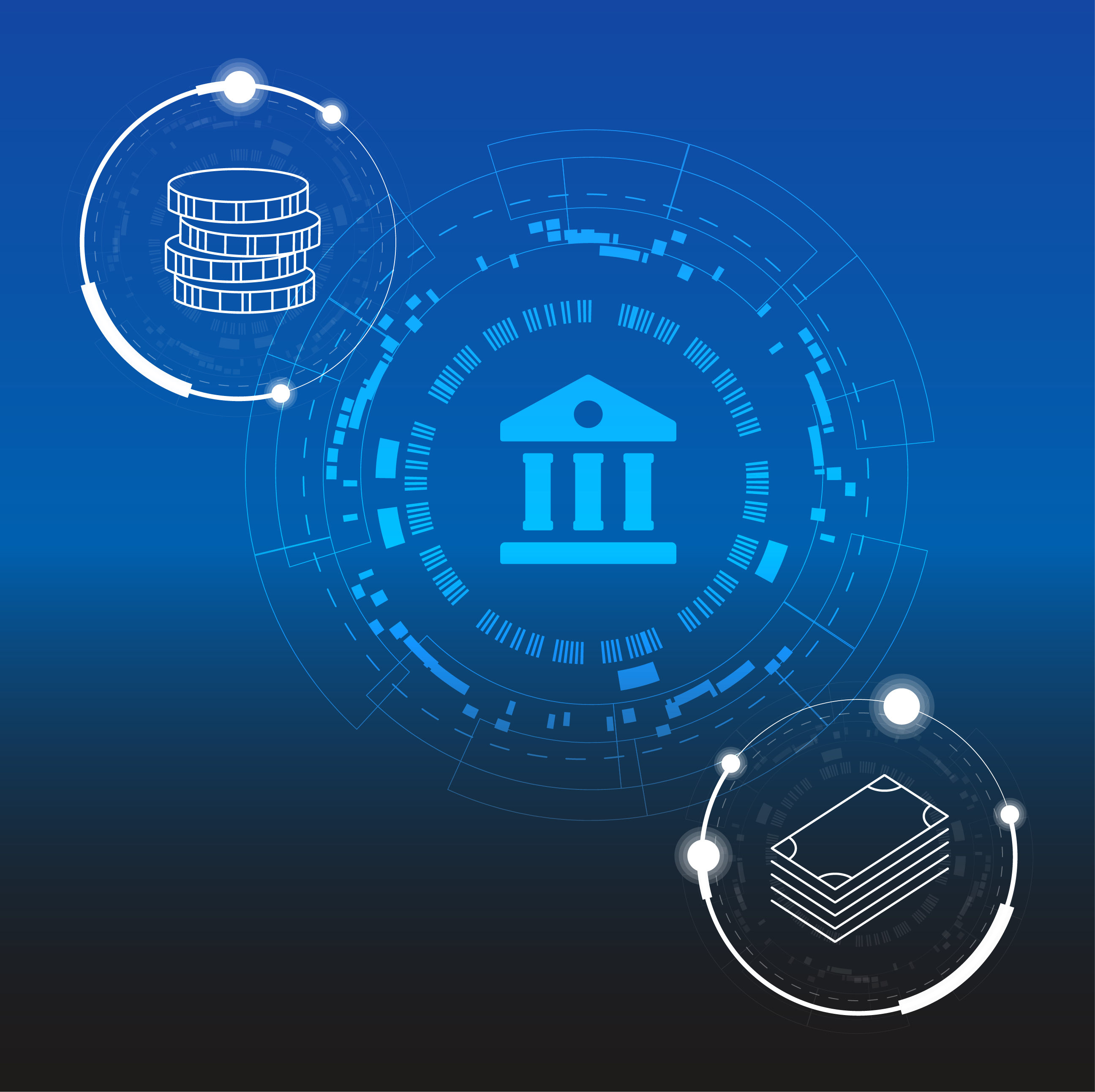There are many different types of digital currencies emerging and they will all help to shape the future of payments, but interoperability will be key, writes Senior Product Marketing Manager Soelene Justus.
Over the past few years, central bank digital currencies have gained significant momentum, with at least 130 countries currently exploring the potential of a CBDC.
Although even their most ardent supporters don’t expect to see CBDCs go mainstream in short term, there is little doubt they are coming. But they won’t be the only digital currency available to businesses and individuals. The future of money is nothing if not diverse.
The technology behind CBDCs, blockchain, tokens and smart contracts, provides us both the freedom and privacy to harness the power of multiple types of currencies and value, including tokenised deposits, commercial stablecoins, NFTs and more, whilst making it possible to preserve the use of fiat currency if we choose to. Crucially, for all these forms of money to work seamlessly, we must ensure that the systems behind them are truly interoperable.

CBDCs and programmability
Like almost all digital money, CBDCs can provide the powerful capability of adding logic to it in the form of programmable payments.
Programmable payments are payments that are automatically executed when a set of predetermined conditions are met – although the notion is not an entirely new one. Basic programmable payments, such as standing orders or direct debits, are already widely used in the banking system and are triggered by simple transaction events or thresholds. However, being able to automatically apply complex pre-programmed rules to payments – and making that capability interoperable across all devices on a network – is a hugely attractive aspect of the new forms of money that blockchain enable.
Another significant benefit of this technology is that because all digital currencies are digital records themselves, they allow for the creation of transaction records that are fully auditable. From a regulatory perspective, this added traceability can make it easier for authorities to monitor suspicious activity, prevent fraud and ensure compliance, and for businesses and citizens to submit taxes and accounts.
Tokenised deposits
Despite concerns regarding the volatility of digital-native currencies, as we move towards a cashless society, we can expect to see banks and financial institutions embracing some of this technology when modernising their payment infrastructure.
The possible ubiquity of digital-native currency and its geographical and political agnostics can be appealing for many use cases, including online shopping, P2P payments and remittances. However, its instability could deter people from using it.
This type of currency can be a good alternative to card payments as they have faster settlement cycles and often have cheaper transaction costs.
Commercial stablecoins
Consumer payments are a key use case for blockchain technology, but we’re seeing many financial institutions leveraging blockchain for business payments, such as cross-border settlement, moving money between corporate entities, repatriating funds from emerging markets, or facilitating FX transactions. This could be done using stablecoins, which for its atomic settlement capabilities, significantly removes the risk of price fluctuation.
We can also see programmable stablecoins being preferred for investment, P2P remittances and wholesale payments.
Tokenised real world assets
Last year, tokenisation, which is the process of transforming real world assets such as real estate, cars and art into digital tokens on a blockchain, became an area of interest for financial institutions. Indeed, a report by Fortune Business Insights predicts the RWA tokenisation market to reach USD 9.82 Billion in 2030.
RWA tokenisation also helps to increase the accessibility of high-value assets that would have previously only been available to institutions or high-net-worth individuals.
We could imagine a world where fragmented assets can be traded and used as payments.
Interoperability is the key to success
Blockchain is reshaping the payment landscape by providing secure, faster, more transparent, cost-effective solutions. Its decentralised nature and the ability to optimise transactions have proven beneficial across all types of payments — from peer-to-peer to treasury cross-border transactions. But for all these currencies to work in tandem, they must be part of an interoperable landscape.
The future of payments is not binary. One type of currency is not better than another or imposed. Instead, we should focus on building a diverse landscape where users can opt for different currencies for different purchases to preserve freedom of choice.
If the infrastructure behind the scenes is interoperable and standardised, the future landscape of money will be both bright and diverse.
How Quant can help




